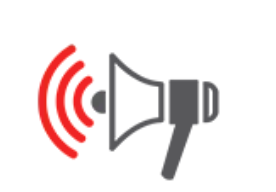How to write a press release
How to write a press release
Press releases follow a consistent format that makes it easy for reporters and editors to find the information they need. It’s important to stick to the press release format to help reporters decide to cover your story.
Here are seven steps to writing an effective press release:
- Find a newsworthy angle. Even a well-written, personalized press release will fail if the story it’s telling isn’t interesting to a journalist’s target audience.
- Craft an appealing headline. Use the main benefit of your press release to write a headline that is both clear and compelling.
- Summarize your story in your subtitle. Summarize the entire content of the press release in a single sentence that supports the heading and gives a taste of the content to follow.
- Introduce essential information. Before the first paragraph, state your company’s city and state, followed by the date. Then your opening paragraph should answer the questions, “who,” “what,” “when,” “where,” and “why” in a way that grabs the reporter’s interest.
- Provide supporting information and context. Add weight to the release with testimonials, statistics, research details, and case study excerpts. This is also the place to include a quote from the main subjects involved in the news.
- Lead into the reader’s next steps. Summarize the article and include a call to action or details of where more information on the subject matter can be found.
- End with your boilerplate. Provide a brief background and overview of the company. Include contact information. (At the bottom of the press release, it is common to include three ### symbols or “--30--” to signify the end.)
Template
[Headline that announces story and captures attention]
[Subtitle that quickly summarizes story].
[CITY, Month Day, Year]—[Company Name, Company Description], announced today [The who, what, when, where, and, why of your story].
[Share past milestones, events, stats, research, and additional context a journalist might want. Use multiple paragraphs and bullet points if you need to].
[Incorporate quotes from the main subjects/experts involved in your story].
[Emphasize once more what makes this story newsworthy].
[End with boilerplate that includes more general information about your company, how to learn more, and get in touch for more information].
###
As we stated before, a release should offer something newsworthy, but it also helps to make the writing interesting.
Start with a strong headline that conveys the value of your news to the press. The headline should be catchy but also easy to understand. Professional writers often spend as much time on a headline as they do writing an article. If you need inspiration, review your favourite blogs and online news sources and pay attention to the headlines that make you want to click on the story.
Download a template from Lady Start Up here.





